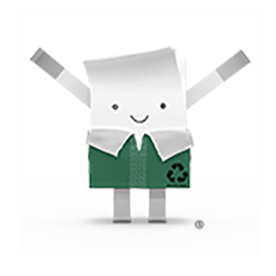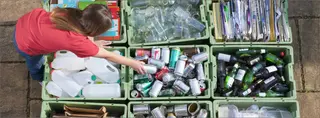
You’re never too young to learn to recycle. And what better way to start teaching the next generation than with paper and cardboard? After all, they are among the most recycled materials in the U.S.!
How do you begin? We recommend creating a recycle center. Don’t worry, all you need is a little space and some cardboard boxes. Place the boxes in an area your child has access to, such as a kitchen or children’s play area.
Along with your child, decorate the boxes to show what each will hold (color coding each box may be helpful). This will let the little ones see exactly what goes in each box. If you don’t want to overwhelm them, start with a single box for paper products.
Once they get the hang of recycling one type of material, then add new boxes for plastics, aluminum, glass and even donations. Here are just a few ideas!
Recycle mailbox:
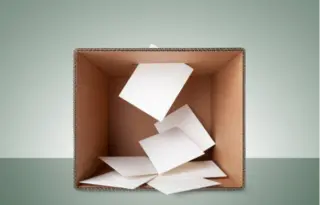
We tend to forget that what we consider a daily chore can be a magical experience for children. So, when you collect what’s in your mailbox, hand the items you want to discard to your little postal carrier to deliver to their recycling mailbox.
Building box:

Our homes, particularly our kitchens, are filled with cardboard and paper packaging in all different shapes and sizes. Think cereal boxes, juice cartons, egg cartons, raisin boxes and paper towel cardboard tubes. Have children fill this box with your extra packaging and reuse the contents at play time to create structures, such as a castle or a small town.
Once the building box starts to overflow, help your little helper break down the small boxes for recycling. Teach them the three easy steps to recycle boxes correctly:
- empty all materials from the box
- flatten the box to save space and
- put it in the recycling bin
Then you can start filling it up again.
Recycling scavenger hunt:
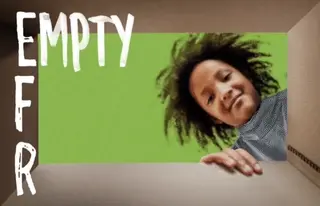
Playing hide-and-seek lets kids exercise both physically and mentally. So does our scavenger hunt, which teaches players recycling basics as they search for items from paper bags to shoeboxes and envelopes. Print this downloadable to get started.
Recycle library:

While books can be recycled, you’re most likely to keep them in the family library. For the recycle library, think of the magazines, catalogs, coloring books and workbooks that are in your home. When the last picture is colored and the last puzzle filled out, teach your kids to place their used material in the box marked “recycle library.” We even have some fun activity sheets children can work on and then handily recycle.
Art box:
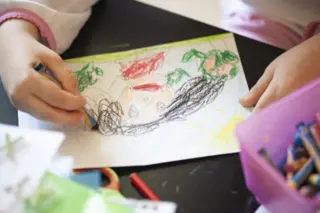
Children are artists, and their favorite medium is paper. Whether it’s copy paper, construction paper or even paper bags, nothing escapes crayon and marker. And with two sides, paper is twice the fun! But how much art can a house contain? When the children are done with their art, have them save the best for display and provide an art box for creations that didn’t make the cut.
Remembering what’s recyclable can be confusing, even for adults, so this printable can be displayed on the family refrigerator and at their recycling station to make recycling second nature. You can also remind your kids that when they recycle, that item can be made into something new. In the case of paper products, it can be recycled up to 7 times!
Do
- Recycle juice cartons
- Recycle milk cartons
- Recycle cereal boxes
- Recycle colored paper
- Recycle candy boxes
Don’t
- Don’t put paper towels or napkins in the recycling bin
- Don’t put laminated paper in the recycling bin
- Don’t bother removing staples from coloring books or magazines before recycling; modern machinery can handle them
For more ideas about what can be recycled, the Environmental Protection Agency website is a great source of information. If you want to be certain of what paper and cardboard is recycled in your community, you can also visit The Recycling Partnership for details.
The bottom line? Teaching children about recycling is simple. Start small, using paper and cardboard as the building blocks for a positive habit that kids can take far into adulthood.
Get more tips about how to recycle — and how to teach kids about it — from these downloadable posters.

